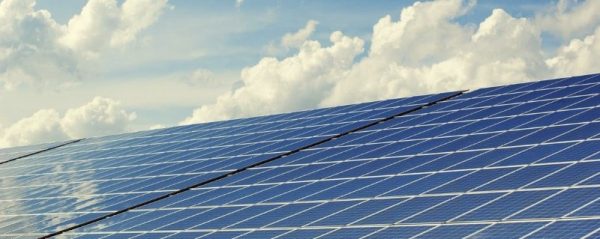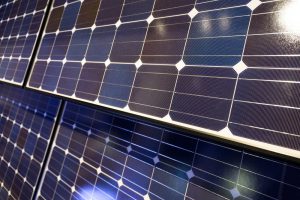Solar panel installations tripled in the UK thanks to solar panel subsidies, analysis shows.
It’s election year in Europe, and with it come big promises – including help for voters in greening their homes.
The Labour Party’s UK victory heralds a new era for climate action with a “rooftop revolution” aiming to triple solar power in the country by 2030.
As well as approving three huge solar farms in east England that had previously been blocked by the Conservatives, the new government is offering grants and low interest loans to support solar panel installation on millions of homes.
But, with green energy solar panel subsidies historically hard to understand or access for many, do they really make a difference?
Solar subsidies cause installations to triple
Analysis of data from the past 15 years shows that subsidies do have a significant impact on people’s willingness to install solar panels.
Introduced when the Labour Party was last in power in 2010, the Feed-in Tariff (FIT) scheme aimed to encourage the uptake of solar by paying homeowners for the electricity they generated.
Under the scheme, solar panels saw unprecedented growth: installations reached over 800,000 in five years. When FIT subsidies were cut in 2016, this figure fell 74 per cent to 224,000 in the same timeframe, according to the analysis by Independent Advisor.
When it was replaced with the Smart Export Guarantee in 2020, which offered similar perks, installations tripled back to their previous levels.
Read more: euronews
We are MCS Certified Solar Panel Installers. See more information on Solar Panels.
Click for more information on Battery Retrofit Storage.
For more information on Solar Panels and Battery Systems contact Tanjent Energy.






